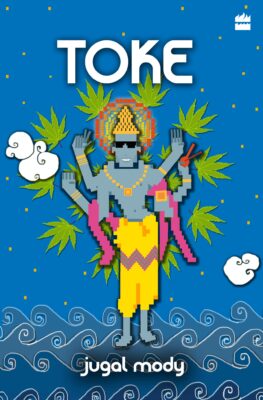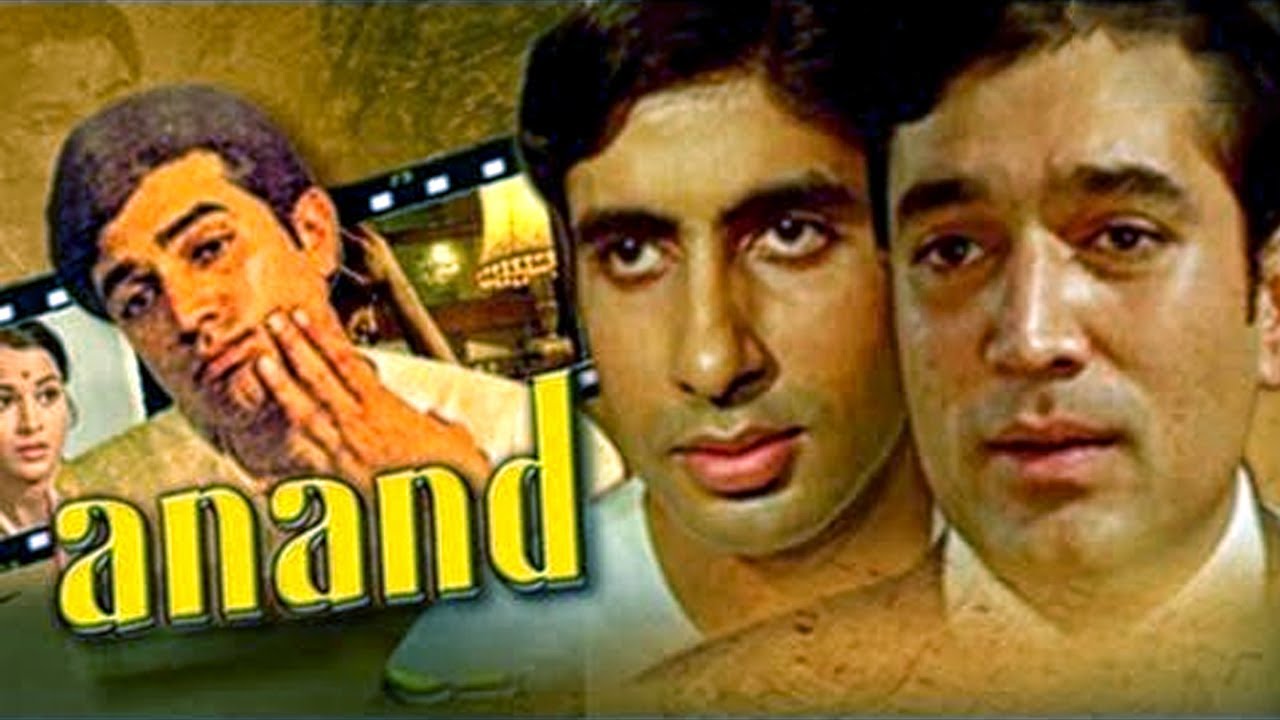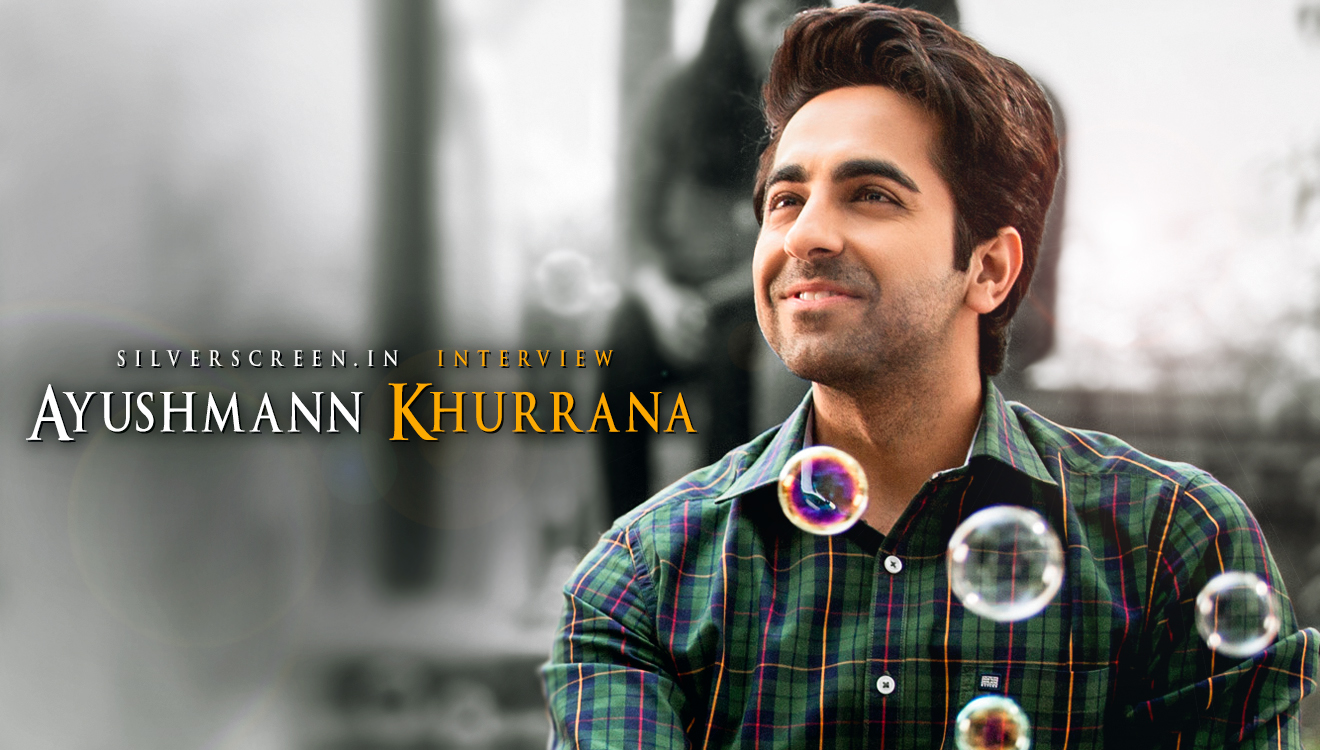Serial novels make you think of literature class and a brief history of modern publishing. However, the form itself made a comeback with the blog. It seems now that longform and listicles can co-exist, and there is room for everyone to do as they please with their words.
Serialised novels are popular among Indian language writers and their readers, and some Indian English authors as well. One of the newest novels in the category is Jugal Mody’s These People Are Mad. He is publishing the book on medium.com, and has so far published 23 chapters with the second half of the book in the wings. These People Are Mad is about a group of 20-something men and women on New Year’s Eve 2012, who want to hit up a few parties and engage in gang behaviour.
Jugal has already published Toke, about stoners saving the world from zombies. It was published in 2012 by HarperCollins India. He is an independent web, design and narrative consultant.

In 2015, Jugal also wrote Alia Bhatt’s official mobile game, a narrative adventure set in the Hindi film industry titled Alia Bhatt: Star Life. Jugal was also a consulting editor with the online feminist magazine The Ladies Finger and has worked with Tehelka and Filmfare in the past.
He spoke to Silverscreen exclusively about this latest project:
You’ve been writing for a while now, and even published a book and did mainstream publishing things, so, why did you choose this avenue for your second book?
My agent (Mita Kapur of Siyahi) and I had been butting heads over These People Are Mad for a while. Long story short, she rejected it. I haven’t had the time to revisit it since I fixed a draft in 2014. Recently, I finished a draft of another novel, which is being pitched to publishers as we speak. That gave me some time. The book has been my favourite child for a while now and the characters have haunted me like ghosts. All that combined with this romantic notion I have always had about serialised fiction (since seeing Gujarati serial fiction in Chitralekha as a child) led to me taking the decision of serialising These People Are Mad. Also, since TV comedies have had a huge influence on the writing of the book, it felt apt to release the novel serially as well.
A lot of the introductory chapters speak of these six friends and their dynamic with each other, it was a little reminiscent of Shaitaan with the friends and how they get together with their dares, etc. Have you been inspired by your own gang?
The characters in the novel are a bit too over-the-top “mad” so, no but at the same time, I’m sure some details about people I know as well as myself have seeped into the novel. When I set out to write this, I was sure of two things I wanted to do with the novel. One was to write a party novel (like a party movie) and the second was to write characters that would live up to Jay’s (of Jay and Silent Bob fame) description of characters from John Hughes movies: “All the honeys are top-shelf but all the dudes are whiny pussies.” In fact, that was supposed to be the opening quote in the print version that I had imagined.
The book is set eight years ago. Any reason for it to be that far back in time? Eight years isn’t much, but, in the digital era it seems so far away!
I started writing the book in 2013. For me, it wasn’t about the past but it was about the present that we were living in then. I am often writing for the here and now like it’s going to go away and will never be remembered like how I want it to be remembered. You’re right though, as I am revisiting this book, it does feel like a time capsule from another era.
The book seems very self-aware, like if you’ve watched Crazy Ex-Girlfriend, you’ll see how the actors are in on the proceedings, seems the same with your book too. Any reason for this?
I love Crazy Ex-Girlfriend! I am crazy jealous of Rachel Bloom’s talents. Honestly, I don’t have a reason for why the characters are so self-aware. For me, they needed to be that much self-aware to be able to participate in the comedic bits that they come up with just like Crazy Ex-Girlfriend’s characters needed to be self-aware to break into musical numbers.
Why is Shah Rukh Khan in the book?
When I grow up, I want to be Anuja Chauhan. And because she had Shah Rukh Khan in The Zoya Factor, I had to have Shah Rukh Khan in a novel too. Plus, if I had to have a superstar cameo, who else are my characters going to take their love problem to?
How much has American television influenced your writing of this book and the character arcs?
Lots, but, both American and British comedy TV. Firstly, the entire trope of “gang violence” is heavily inspired by Cougar Town where finger guns are a recurring bit and from Spaced where they play with “telepathy guns” in an episode. Secondly, having a group of 20-something guys and girls was such a sitcom staple once. I did try and keep the character arcs grounded in our Indian urban reality but as to the success of that grounding, only you or a reader can tell me.
In a book that features so many people, why did you think it was important to give all of them and their situations context and a backstory?
This is a very slow book. You get to see how each character interacts with the other, how they influence each other’s decisions, the way only close friends can. Plus, there are various comedic bits, some of which are recurring gags and some referencing their past together. I didn’t want the reader to miss out on any of these gags or reasons. At the same time, that was also me trying to document and sometimes parody how a group of friends evolves, how they develop their own language, culture, rituals, rules, etc. By the time the novel ends, I want the reader to be living with the gang in their heads.
We’re done with party 1 and the next event is on the way, have you stuck to prescribed lengths and word counts for general publishing, or have you decided to experiment with the format – x word count, y chapter count, etc?
This “stream” of chapters is not how I had originally imagined the book. The “brief history” chapters were intended as flashbacks that would appear like “boxes” do in a non-fiction book or a textbook. The same with the footnotes, which were to appear at the bottom of each page not at the end of each chapter like they do right now. I wanted the print version of the book to look like a fake textbook. Now, everything is divided into “data packets”. Currently, all chapters are of different lengths. The longest has been a 10-minute read and the shortest has been a 3-minute read. I’m not thinking too much about it and just having fun with it really.
Recommended
Considering how much Indian content and storytelling is evolving thanks to the emergence of OTT platforms, do you think you will pitch These People Are Mad as a web series? Do you think that would be an organic outcome for this book?
I had shared it with a couple of studios (who had asked for it). They rejected it, one saying it was too cerebral and the other saying it was a dated concept. I was flummoxed by that feedback considering this is a party novel where all people are doing is getting smashed. If someone likes it and picks it up, I’ll be more than happy to cash that check. (God knows writers need money too.)
You can read the chapters of These People Are Mad here



